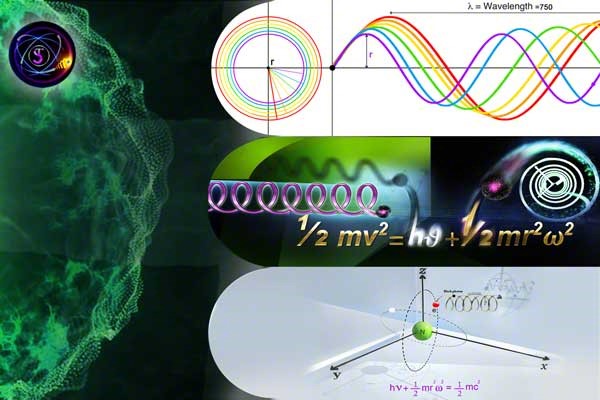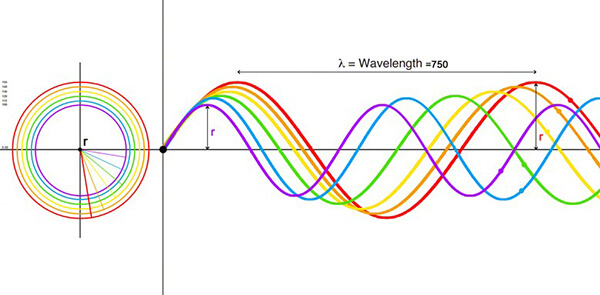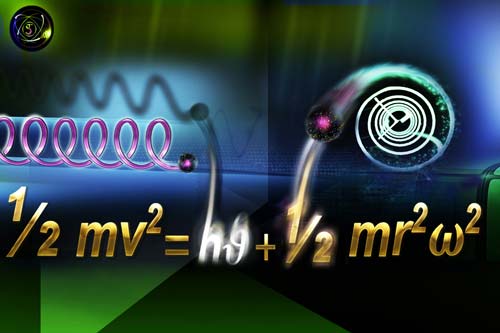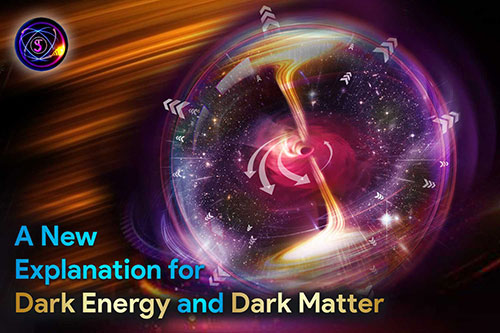
The New Discovery of Multidimensional Motion of Photon and A New Equation for its Energy
From the past, the nature of light has been studied by many scientists. Some scientists believed that light had a wave nature as others defended the particle nature of light. For the first time Rene Descartes represented the wave theory which introduces the light as a disturbance in the world substance. Although Pierre Gassendi was the first scientist who believe in particle nature of light, but when this theory was followed by Isaac Newton it was developed. Robert Hooke and Christian Huygens are the next most famous scientists that believed in the wave theory of light. After about one century, the double-slit experiment of Thomas Young derived evidence that could be explained only if we know the light as a wave. One century later, Max Planck formulated his idea of the emission of light to solve the problem of thermal equilibrium of an absolutely black body. He found that the energy of light should be quanta and his Experiments shows the energy formula of each packet which called photon is hϑ. The photoelectric effect is the other important experiment that has two points; proves the quantity of energy in one hand and shows particle nature of light on the other hand.
A big difficulty appeared; the light must be a wave to explain the double-slit experiment of Thomas Young and simultaneously must be a particle to explain the photoelectric effect. Einstein defined a pocket of energy with zero rest mass (photon) and explained the both double-slit experiment and the photoelectric effect. On the other hand, it seems, Einstein himself did not accept wave-particle duality and knew that as only a temporary way out. But, only a few scientists have investigated the possibility of a non-zero rest mass of the photon with few results.
Now consider a particle that is separated from a moving source. The motion of the particle is always affected by the movement of its source. Now notice how the electrons move in an atom. In this situation, the electron has two kinds of motion, moving around itself and around the nucleus of the atom. When the electron is excited, it emits a photon and the photon motion is affected by the motion of its source, Electron, and must include both types of motion of its source. In other words, since the electron is the photon-generator and the electron is rotating around itself and around the nucleus, the emitted photon also has this rotating motions. So, the photon is a particle that always traverses on helical direction and has a three-dimensional motion.

In Saleh Theory, since the photon has a projectile and impulsive motion, it is a particle. On the other hand, as it has a rotational motion, it behaves wavelike. Saleh Theory, as Newton believes, that light is consist of particles with a constant mass, but furthermore, Saleh Theory believes in a three-dimensional trajectory for it. In this theory, photon behavior is studied in three dimensions.
Finally, we would conclude that the constituted particles of light have a spiral motion around the axis of the trajectory and a rectilinear advancement trajectory. In fact, particle theory of Newton is only the rectilinear motion and wave theory is the image of the three-dimensional motion of particles in two dimensions. In other words, the motion of light particles is a three-dimensional spiral motion on the cylindrical environment, and these particles, that called photon, move on the steps of an imaginary screw and move forward. Now, the question is that how different colors of light are created?
Color variety of photon
An electron that revolves and here is a photon born with all its beauty, its speed and its incredible brilliance, an angel. We believe that the color variety of photon is due to a change in the value of its gyroradius, and a different value of the rotational radius is due to electron motion with different distances around the nucleus in atoms. So Violet have the shortest gyroradius and Red spectrum has the longest gyroradius in visible light. Therefore, the colorfulness is the effect of the rotation of the photon with different gyroradius. As mentioned before, the photon has a three-dimensional motion, including a wave-like movement and a rotating motion. So its energy is consist of these two types of movement.
In Saleh theory, the energy of wave-like part is same as the energy that Max Planck has experimentally measured in the laboratory, And the Rotational kinetic energy is the energy same as the energy of a rotational globe around its center. But eventually, this photon with constant mass, passes the distance between two points by linear velocity C. So its energy is equal to: ⚊12 mc 2
hϑ = ⚊12 mc 2 - ⚊12 mr 2 ω 2
In fact, it can be said that the photon Translational kinetic energy is equal to: the initial photon energy, minus its rotational energy consumption. Where h is Planck constant, ϑ is frequency, m is the photon mass, c is linear speed of photon, r is gyroradius and ω is angular velocity. In this formula the first part is the energy of wave-like part and second one is Translational kinetic energy and the third part refers to the rotating energy at a constant angular velocity.
The important and interesting point in this new formula for the energy of photon is that, the variables of this equation are homogeneous. As you know, for a wave with constant velocity, the frequency is directly related to the inverse value of wavelength. Therefore, the variations of both variables, the rotational radius and the frequency, are same kind of the length. However, in the equality of hϑ = mc 2 the variables are frequency and mass, that this variables are completely heterogeneous. What is weird is that, according to the wave-particle duality concept, the mass of violet photon is twice the mass of red photon. But even by sight and by feeling the red light is heavier, stranger and warmer that the violet light.

Saleh Theory explain the nature of red light taking into account its higher internal energy. In fact, the wide-range of frequency is interpreted as the changes in the value of the gyroradius and so the color variety of photon. When the frequency decrease, the wavelength increase, which cause the growth of gyroradius and, consequently, the internal photon energy grows up. But the mass is always constant.




